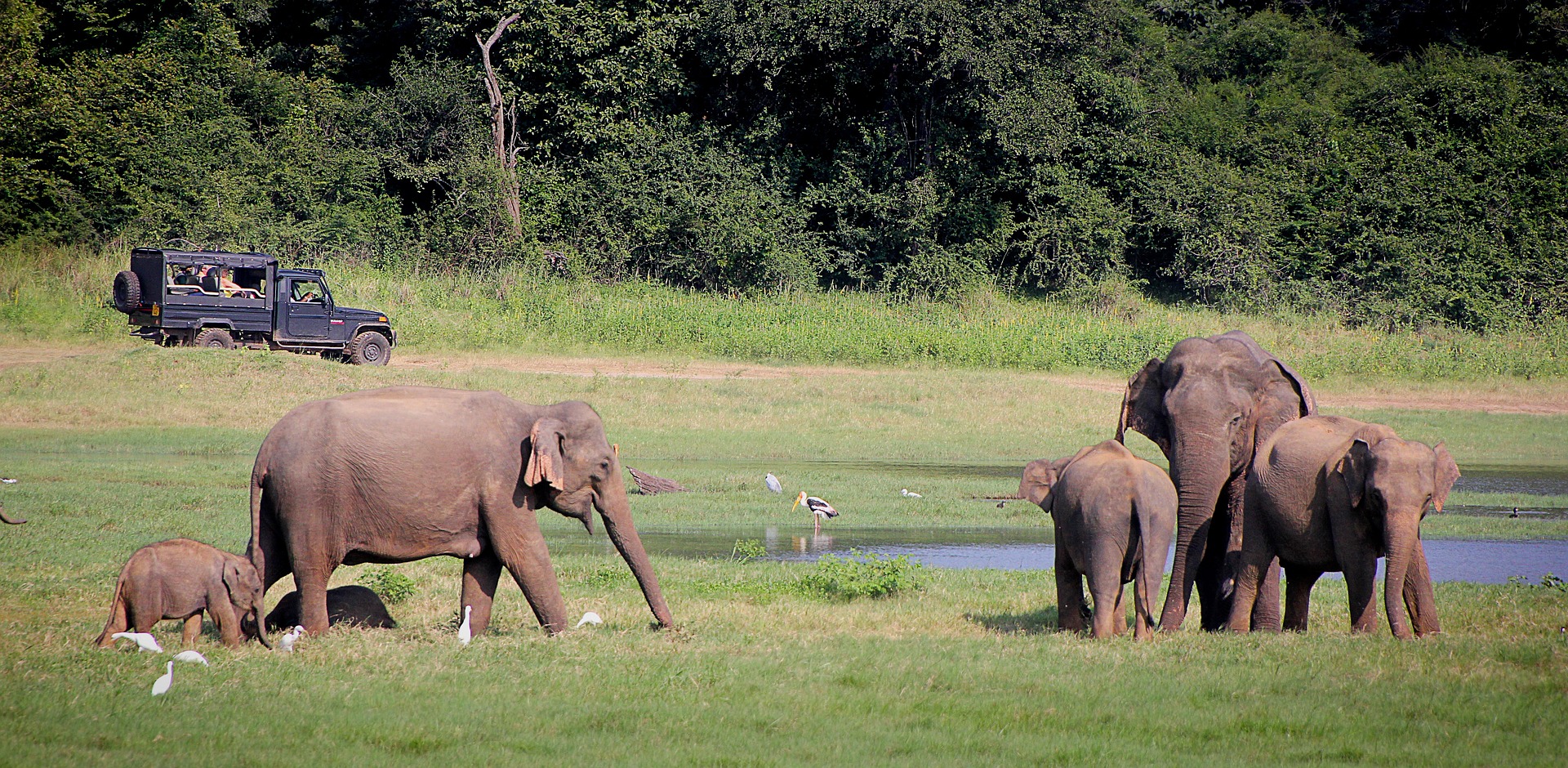National Parks in India – Agniveer Exam Notes

A national park is a protected area of natural or developed land, established by a government for conservation purposes. Its main objective is to conserve the natural environment, which can include natural, semi-natural, or developed land. While the specific criteria for designating national parks may vary across countries, they share a common goal of preserving nature for future generations and promoting national pride.
National Parks of India – Agniveer Important Exam Notes
The Indian Ministry of Environment & Forests defines a national park as an area, whether within a sanctuary or not, that can be declared by the state government as a National Park due to its ecological, faunal, floral, geomorphological, or zoological significance. Its purpose is to protect, propagate, or develop the wildlife or environment within it. No human activity is allowed within a national park unless permitted by the Chief Wildlife Warden of the state, under the conditions specified in CHAPTER IV, WPA 1972.
The first national park in India, which is now known as Jim Corbett National Park, was established in 1936 in Uttarakhand. In 1970, there were only five national parks in India. However, in 1972, the country enacted the Wildlife Protection Act, followed by the introduction of Project Tiger in 1973, to protect the habitats of species that rely on conservation efforts. Today, India has 106 national parks.
<
| Name of National Park | Place | State |
| Bandhavgarh | Shahdol | Madhya Pradesh |
| Bannerghatta | Bangalore | Karnataka |
| Bandipur | Mysore | Karnataka |
| Borivali | Mumbai | Maharashtra |
| Corbett | Nainital | Uttarakhand |
| Dudhwa | Lakhimpur Kheri | Uttar Pradesh |
| Ghir | Junagarh | Gujarat |
| Guindly | Chennai | Tamil Nadu |
| Hazaribagh | Hazaribagh | Jharkhand |
| Kanha | Mandla | Madhya Pradesh |
| Kahng Chandzenda | Gangtok | Sikkim |
| Kaziranga | Jorhat | Assam |
| Nagerhole | Coorg | Karnataka |
| Nawagaon | Bhandara | Maharashtra |
| Pench | Nagpur | Maharashtra |
| Rohia | Kulu | Himachal Pradesh |
| Shivpur | Shivpur | Madhya Pradesh |
| Tadoba | Chandrapur | Maharashtra |
| Velavadar | Bhavnagar | Gujarat |
As per the National Wildlife Database in December 2020, India has 106 national parks, spanning across 44,378 km2 (17,134 sq mi), which accounts for 1.35% of the country’s total geographic area. The Protected Area Network Report has proposed an additional 75 national parks covering an area of 16,608 km2 (6,412 sq mi). If the proposed parks are implemented, the total number of national parks in India will increase to 176. Hemis National Park is currently the largest national park in India, covering an area of 4,400 km², while South Button Island National Park is the smallest.
Read More About Agniveer: Click Here
Frequently Asked Questions on National Parks
What is a national park?
A national park is a protected area of land regulated by a government for conservation purposes. Its main objective is to conserve the natural environment, which can include natural, semi-natural, or manmade land.
What is the definition of a national park according to the Indian Ministry of Environment & Forests?
The Indian Ministry of Environment & Forests defines a national park as an area, whether within a sanctuary or not, that can be declared by the state government as a National Park due to its ecological, faunal, floral, geomorphological, or zoological significance.
How many national parks are there in India?
India has 106 national parks as of December 2020.
What was the first national park established in India?
The first national park in India was established in 1936 in Uttarakhand and is now known as Jim Corbett National Park.
What is the purpose of national parks in India?
The purpose of national parks in India is to protect, propagate, or develop the wildlife or environment within it.
Is any human activity allowed in national parks in India?
No, human activity is not allowed within a national park unless permitted by the Chief Wildlife Warden of the state, under the conditions specified in CHAPTER IV, WPA 1972.
What is the size of national parks in India?
The national parks in India span 44,378 km2 (17,134 sq mi), which accounts for 1.35% of the country's total geographic area.
How many more national parks are proposed to be added in India?
The Protected Area Network Report has proposed an additional 75 national parks covering an area of 16,608 km2.
What will be the total number of national parks in India if the proposed parks are implemented?
If the proposed parks are implemented, the total number of national parks in India will increase to 176.
Which is the largest national park in India and which is the smallest?
Hemis National Park is currently the largest national park in India, covering an area of 4,400 km², while South Button Island National Park is the smallest.
Stay tuned for more Agniveer notes